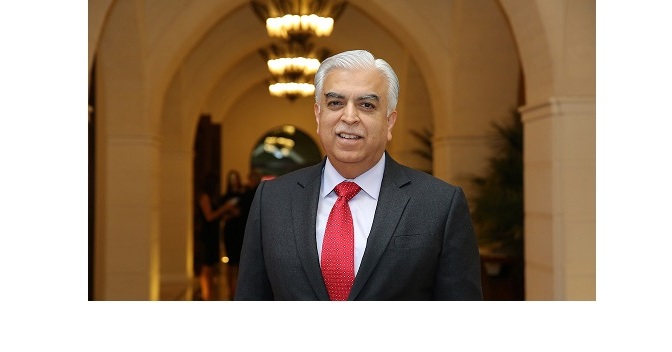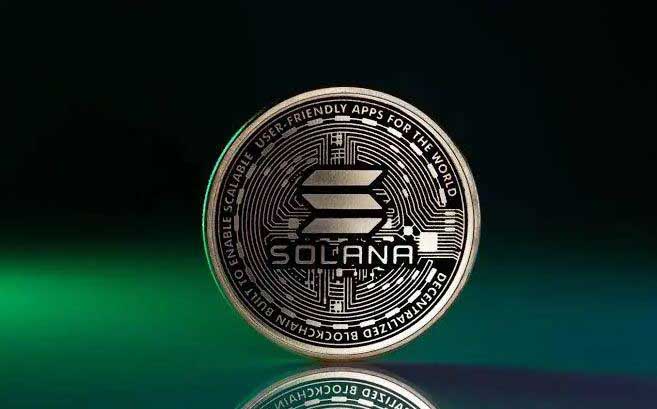NIRANJAN GIDWANI
CONSULTANT DIRECTOR | MEMBER UAE SUPERBRANDS COUNCIL | CHARTER MEMBER TIE DUBAI
Neo bank may well turn out to be the next big thing in the banking space. The objective of Neo Banks is to provide digital banking through mobile applications. Being digital, these banks are lean in structure and are supposed to provide faster services and solutions. With the advent of mobile banking and financial inclusion, neo banks could play a hugely significant role in the banking ecosystem. Particularly for the millennials and gen Z, and also where traditional banks are unable to provide brick and mortar branches in remote regions of the world.
The purpose of any Neo bank is to provide a seamless customer experience, which sometimes cannot be offered by traditional banks, and with the same or better speed. Neo banks still offer products like bank accounts, savings accounts and even home loans, and they still have, or are supposed to have the same levels of security and licensing restrictions of traditional banks – meaning our money and our details are supposed to be just as secure.
Unlike many existing banks though, neo banks have developed their own fully-digital platforms to run on – platforms that aren’t just digital versions of existing banking systems. That means that neo banks are operated 100% digitally without the need for physical infrastructure like branches of normal banks.
But the most exciting part about neo banks are supposed to be the in-built technology features. From the ability to pay or withdraw money with virtual cards, to setting budgets and managing money all in one app, neo banks are really trying to make banking smarter and more personal. Plus, with reduced overheads, neo banks are also promising to offer more competitive rates and lower fees.
If Neo banks start becoming more successful globally, this would then create more competition, and encourage many fintech startups to look at the possibility of converting themselves as neo banks. It seems to be an obvious transition route.
The neo bank market globally is approximately $ 20-25 billion and is expected to grow to approximately $ 400 billion by 2026, a multiplication factor of over 10 times, as per some reports. As of now, at an average, it is estimated that there could be in excess of 100 plus neo banks globally.
However, as a business model, there have been varied experiences across the globe. Close scrutiny of neo banks functioning revealed that many have not been able to break even as customers are not offered multiple services.
Neo banks need to invest and rely heavily on technology and constant upgrades to technology. Aggressively marketing the product and services are key drivers determining both, its costs as well as its success. Of course, the cost of operation being low is an advantage which can be capitalized by providing services efficiently. Customer acquisition and servicing are the key factors in making the bank sustainable. Some of the successful neo banks have focused on customers for whom they have started providing real time accounting which is a value add to its primary banking activity.
However, some of the neo banks have struggled as they have not been able to convince customers of their business model. Trust of depositors and customers is an important criteria for any neo bank’s success.
There are valid concerns about the security of data pertaining to Neo banks, something which all banks face in digital transactions. Quite a few Neo banks have globally braced up with good security measures like encryption, strong authorization mechanisms, role based access controls, bio-metrics and strong KYC measures.
Fintech companies are also preparing themselves to act as neo banks, but sometimes are constrained by capital and market acceptability. With multiple startups, the arena for fintech companies is crowded.
There is also a need to take a call on cryptocurrency as neo banks globally consider it an integral part of their activities. Digital cash is an important component of neo banks and their business model.
A large bank can associate with a Neo bank and use its digital and technology platforms so as to provide efficient services to the customers.
However, Neo banks have limitations like – the ability to lend, physical presence in geographies, customer security and lack of regulation.
Neo banks can and are likely to do well in countries or regions which have a large population of tech-savvy youngsters.
However, all businesses which work on the online model tend to spend a lot on online marketing, search engine optimization, customer acquisition costs, being associated with events to draw attention to their target segment, and using influencer marketing. The same thumb rule would apply to neo banks if they wish to be aggressive in their approach to success.
It is in this area that Neo banks in our region seem to be behind the curve, and would need to do much more to thwart competition from fintech startups. Perhaps a good approach for traditional banks would be to monitor good fintech startups which could then be acquired after due diligence, and then to convert them into Neo banks.
















